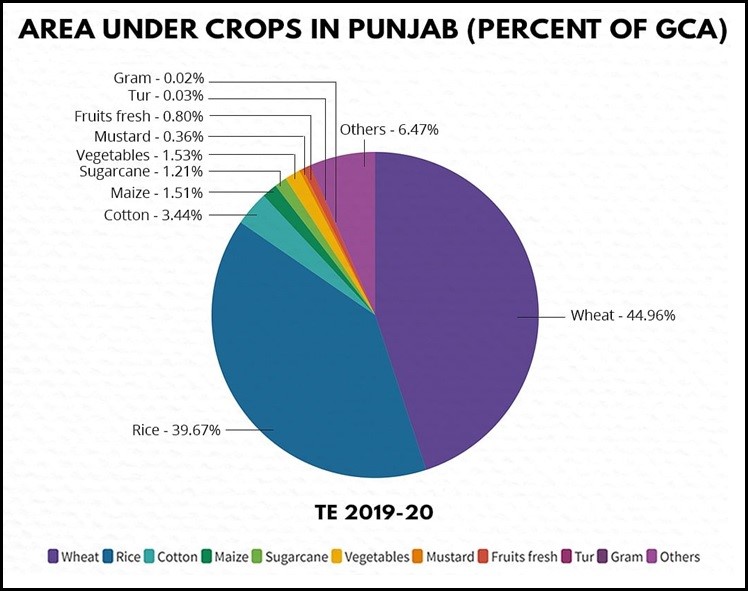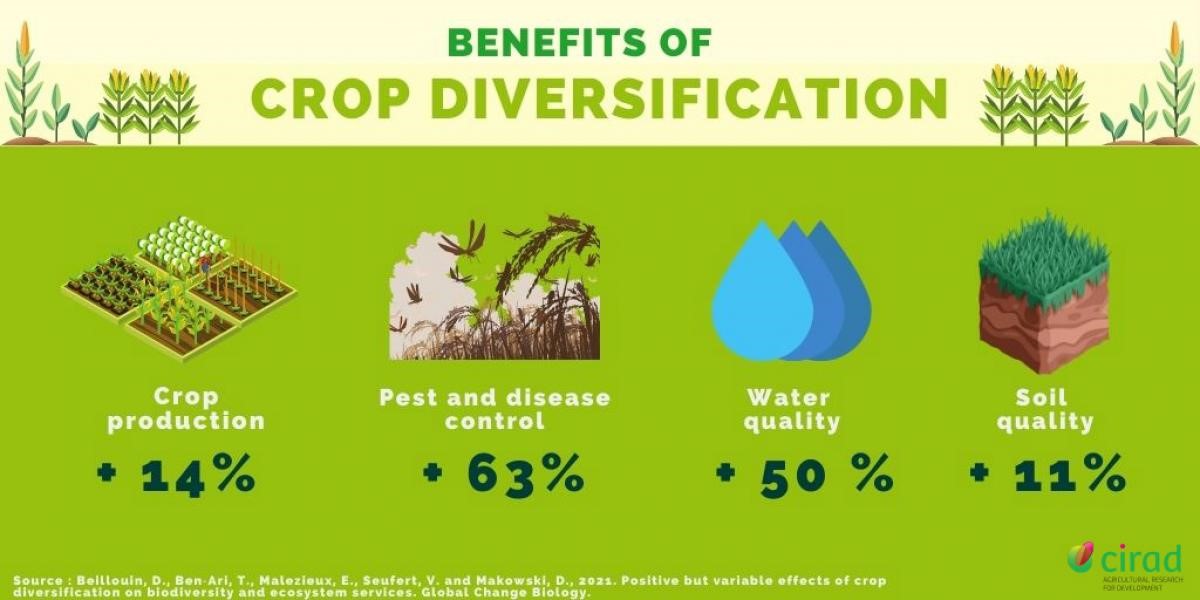7667766266
enquiry@shankarias.in
States like Punjab and Haryana are unable to get out from the paddy-wheat cycle.

In 2018-19 Paddy was purchased for Rs.75, 887 per hectare whereas gram was purchased for Rs.9, 175 per hectare.

In the Garhwal Himalayan region of India, Barahnaja is a crop diversification system for cultivating 12 crops in a year.
There is a need